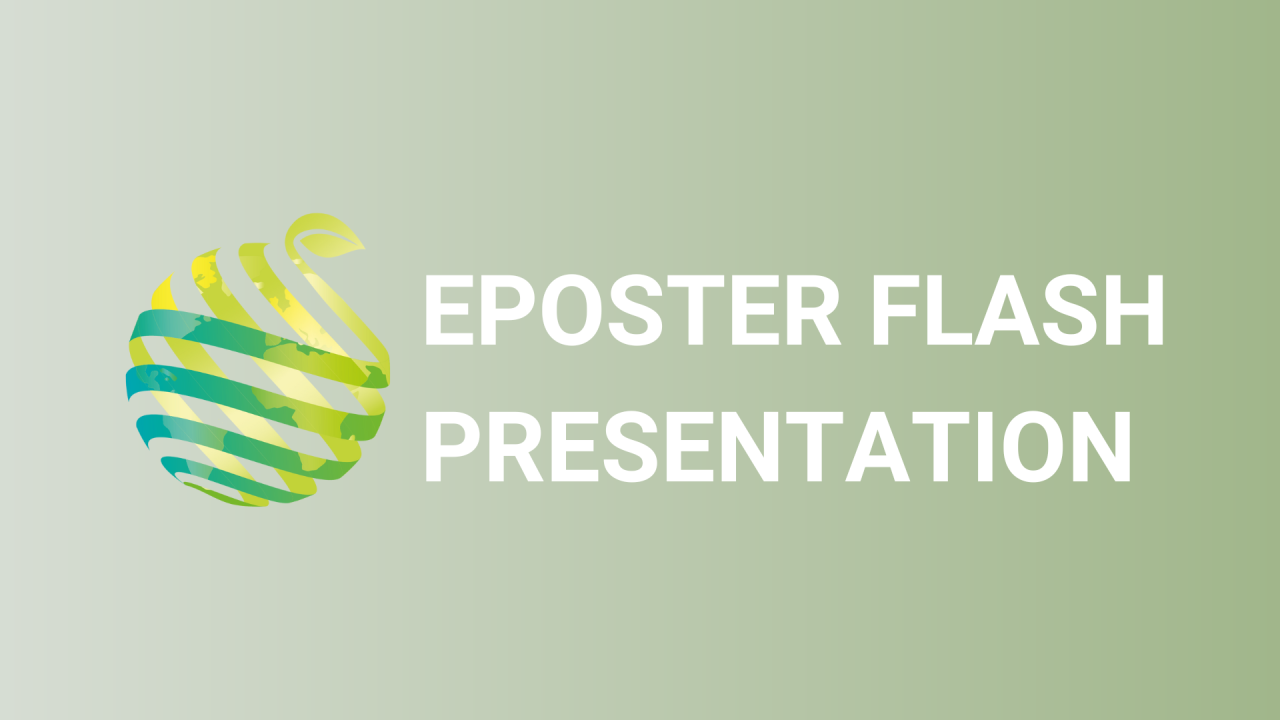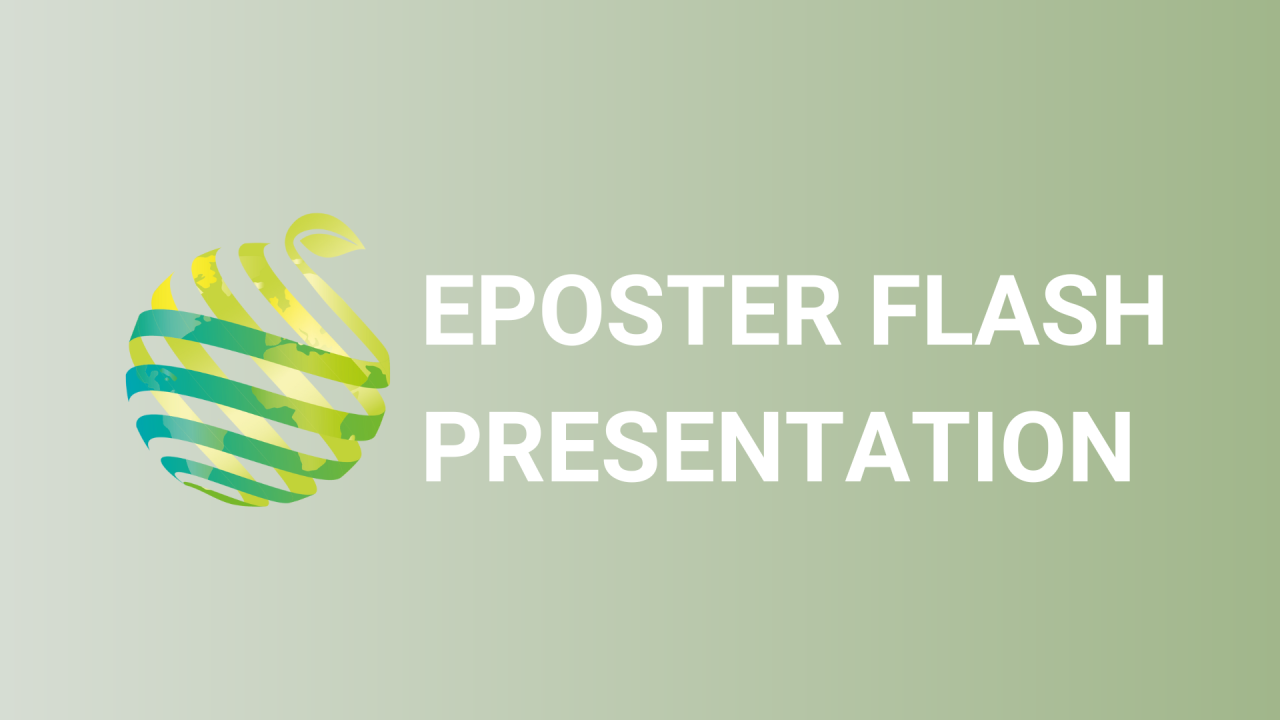

S23 - Session P8 - Prediction of macadamia shelf-life and factors affecting long-term storage
Information
Authors: Mark Penter *,
The South African macadamia industry is currently undergoing rapid expansion due to the high prices the market currently pays for macadamia kernel. To ensure macadamia retains its status as a premium product, and the high price this attracts, it is necessary to be able to accurately predict a valid sell-by date and to gain an understanding of the characteristics which may affect shelf life. Cured vacuum-packed macadamia kernels (whole versus broken) were subjected to a year of storage, followed by peroxide value (Pv) determinations to assess kernel quality. Prior to the storage period, Pv and Rancimat induction time were determined. These initial determinations were correlated with the final Pv to assess whether they could be utilised to predict the quality observed after storage. In a separate experiment, the fatty acid profiles of macadamia kernels from several cultivars and different harvesting dates were determined using gas chromatography. These were correlated with kernel Pv and induction time, to establish whether fatty acids play a role in kernel quality. Both pre-storage Pv and Rancimat induction time can, to some extent, be used to predict the Pv of kernels after a year of storage. This appears to be more reliable for broken than for whole kernel. Given the time requirements for induction tests, Pv would likely be more applicable on a commercial scale n especially since Pv is routinely measured for export consignments. One critical finding is that the Pv limit currently set for export may need to be adjusted downward to ensure kernel quality is acceptable after a year of storage. In terms of fatty acid profile, only cis-linoleic acid content showed a weak correlation with kernel quality. Predicted shelf life differed with the cultivars examined but there was no consistent relationship between shelf life and harvest time of individual cultivars.